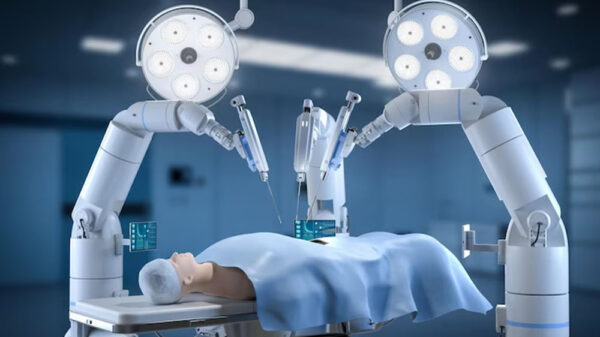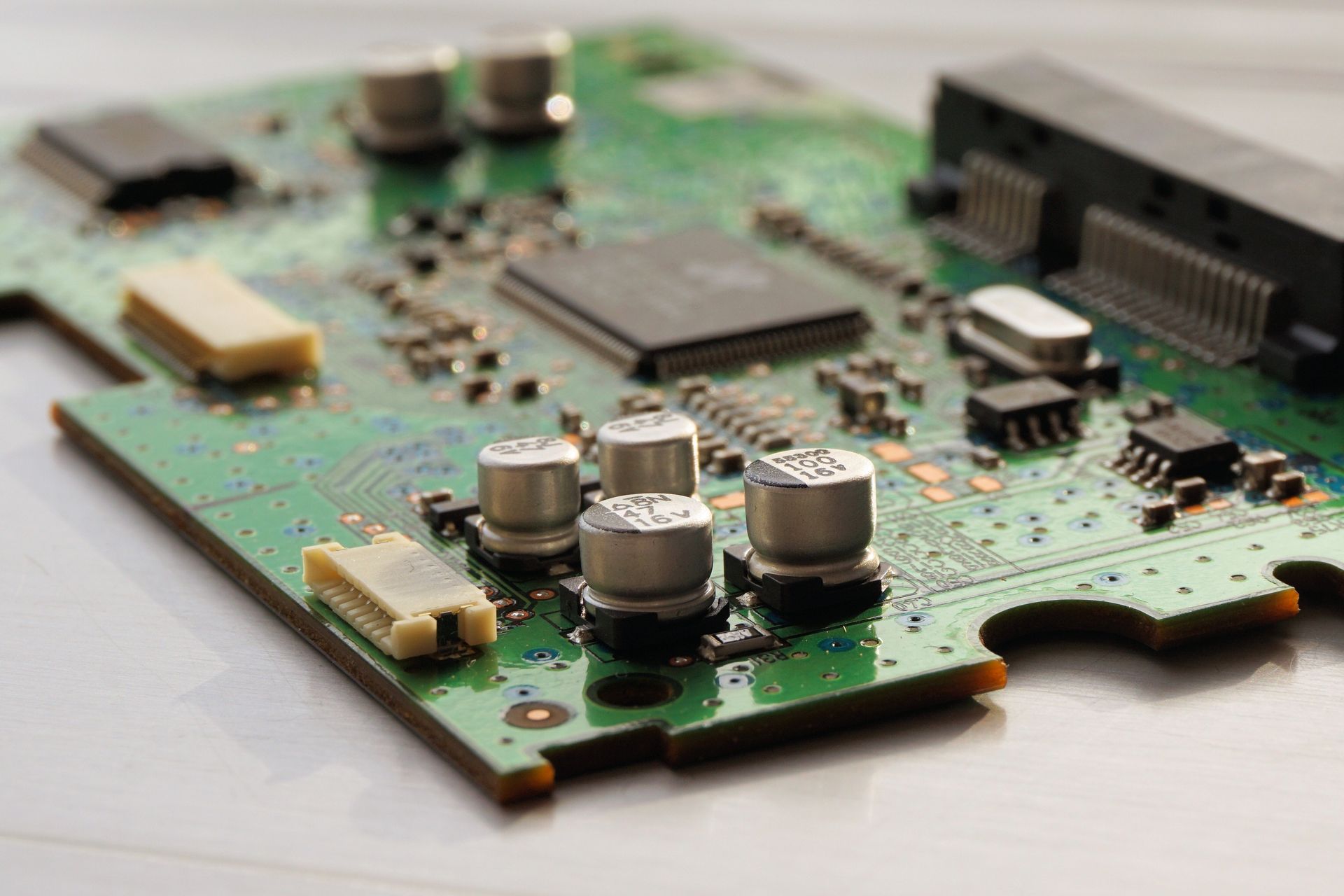In the realm of technology, few symbols are as ubiquitous and impactful as the micro symbol, μ. Despite its humble appearance, this tiny character, denoting the prefix “micro,” has played a significant role in shaping our contemporary way of life. But how did this symbol come to be, and how has its use on a micro-scale revolutionized today’s technology landscape?
The origins of the micro symbol can be traced back to ancient Greece, where the letter μ first made its appearance in the Greek alphabet. Initially, it was associated with the Greek word “moira,” signifying “small” or “little.” However, its true significance blossomed with the advent of modern science. With the emergence of microscopy, scientists gained the ability to explore and study objects and phenomena at an unprecedented scale. The micro symbol came to represent this new frontier of exploration, encapsulating the vast potential of the minuscule world of microorganisms, molecules, and other tiny marvels.
As scientists delved deeper into the micro-world, they uncovered new materials, processes, and principles that have reshaped technology as we know it. Microelectronics, for instance, paved the way for smaller, more potent computers and smartphones. Micro-sensors empowered us to monitor environmental pollutants and track vital health indicators. Micro-manufacturing techniques revolutionized the creation of intricate structures and devices with unparalleled precision.
But the influence of the micro symbol extends beyond the boundaries of science and technology. It has left an indelible mark on our culture, inspiring artists, writers, and designers to explore the beauty and intricacies of the miniature. From the realms of photography to fashion, the micro symbol has become an iconic representation of innovation and progress.
The Birth of the Micro Symbol: Tracing Its Roots
The micro symbol (µ) finds its origin in the Greek letter mu (μῦ), meaning “small.” It is employed as a unit prefix in the metric system to denote a factor of 10^-6 (one millionth). The micro symbol made its debut in the 1800s, thanks to the French physicist André-Marie Ampère.
The selection of the Greek letter mu for the micro symbol was deliberate, as it is the smallest letter in the Greek alphabet. This choice made it a convenient and distinguishable symbol for use in various scientific and engineering contexts.
The micro symbol serves a wide array of purposes in scientific and engineering fields, including physics, chemistry, and electronics. Furthermore, it finds its place in everyday life, such as in the measurement of blood pressure (mmHg) and the concentration of sugar in blood (µmol/L).
Here are some instances of how the micro symbol is utilized:
µm (micrometer): 1 micrometer equates to 10^-6 meters, or one-millionth of a meter.
µL (microliter): 1 microliter equates to 10^-6 liters, or one-millionth of a liter.
µg (microgram): 1 microgram equates to 10^-6 grams, or one-millionth of a gram.
µmol (micromole): 1 micromole equates to 10^-6 moles, or one-millionth of a mole.
The micro symbol serves as a standardized tool for expressing minuscule quantities, facilitating effective communication among scientists and engineers worldwide.
The Micro Symbol in Technology: A Multifaceted Tool
The micro symbol finds widespread application in various technological domains, including:
Electronics: Electronic circuits make frequent use of components like resistors, capacitors, and inductors with values measured in microfarads (μF), microns (μR), or picofarads (pF).
Physics: Physicists utilize the micro symbol to express measurements of length, time, and other physical quantities in units of microseconds (μs), micrometers (μm), or even smaller units like nanometers (nm) or picometers (pm).
Engineering: Engineers working on small-scale projects, such as integrated circuits, microelectromechanical systems (MEMS), or nanotechnology, frequently employ the micro symbol to describe dimensions, tolerances, or other specifications.
Biology: In the realm of biology, scientists may use the micro symbol when discussing the sizes of cells, bacteria, viruses, or other microorganisms, measuring their diameters in micrometers (μm) or smaller units.
Medicine: Medical professionals might use the micro symbol when prescribing medication dosages in micrograms (μg) or when discussing the size of medical instruments, such as syringe needles, which can be measured in micrometers (μm).
Chemistry: The micro symbol holds importance in chemistry, especially when dealing with amounts of substances, concentrations, or reaction rates, where it signifies one-millionth of a unit, as in a micro-mole (μmol) or a micro-liter (μL).
Computing: In the realm of computing, the micro symbol may be used to represent the size of data storage units, such as micro-SD cards, capable of storing vast amounts of data.
Micro-Level Work: Catalyst for Technological Advancements
Working on the micro-level has led to transformative technological advancements across various fields. Here are some illustrations:
Electronics: Micro-level work has facilitated the development of smaller yet more powerful electronic devices. The realm of microelectronics, involving the manipulation of materials at the micro-scale, has given rise to diminutive transistors, diodes, and other critical components, revolutionizing modern electronics. This miniaturization has resulted in faster, more efficient computers, smartphones, and other devices that have reshaped the way we communicate, work, and live.
Materials Science: At the micro-level, researchers can manipulate the properties of materials, such as strength, conductivity, and optical characteristics. This has led to the creation of new materials with unique properties, like superconductors, nanomaterials, and metamaterials. These materials find diverse applications, including energy storage, medical imaging, and advanced optics.
Biotechnology: Micro-level work has ushered in new possibilities in biotechnology. Scientists can now explore and manipulate biological systems at the molecular level, resulting in breakthroughs in genetic engineering, drug delivery, and diagnostic techniques.
Energy Applications: The micro-level has played a pivotal role in developing sustainable energy solutions. Researchers can design and optimize materials and systems for solar cells, fuel cells, and batteries at the micro-scale, leading to more efficient energy conversion, storage, and transmission technologies.
Medical Technologies: Micro-level work has revolutionized medicine by enabling the development of minimally invasive procedures, targeted drug delivery, and personalized healthcare.
Optics and Photonics: Manipulating light and its interactions with matter at the micro-level has led to advances in optics and photonics, with applications in spectroscopy, holography, and telecommunications.
Environmental Monitoring: Researchers have harnessed the micro-level to detect and analyze environmental pollutants more effectively, aiding in the development of strategies for mitigating climate change, improving public health, and protecting ecosystems.
Advanced Manufacturing: Micro-level manufacturing techniques, such as 3D printing and lithography, have transformed the production of goods, enabling the creation of complex structures and devices with unprecedented precision and accuracy.
In the grand tapestry of science, the Greek letter mu, or the micro symbol




































